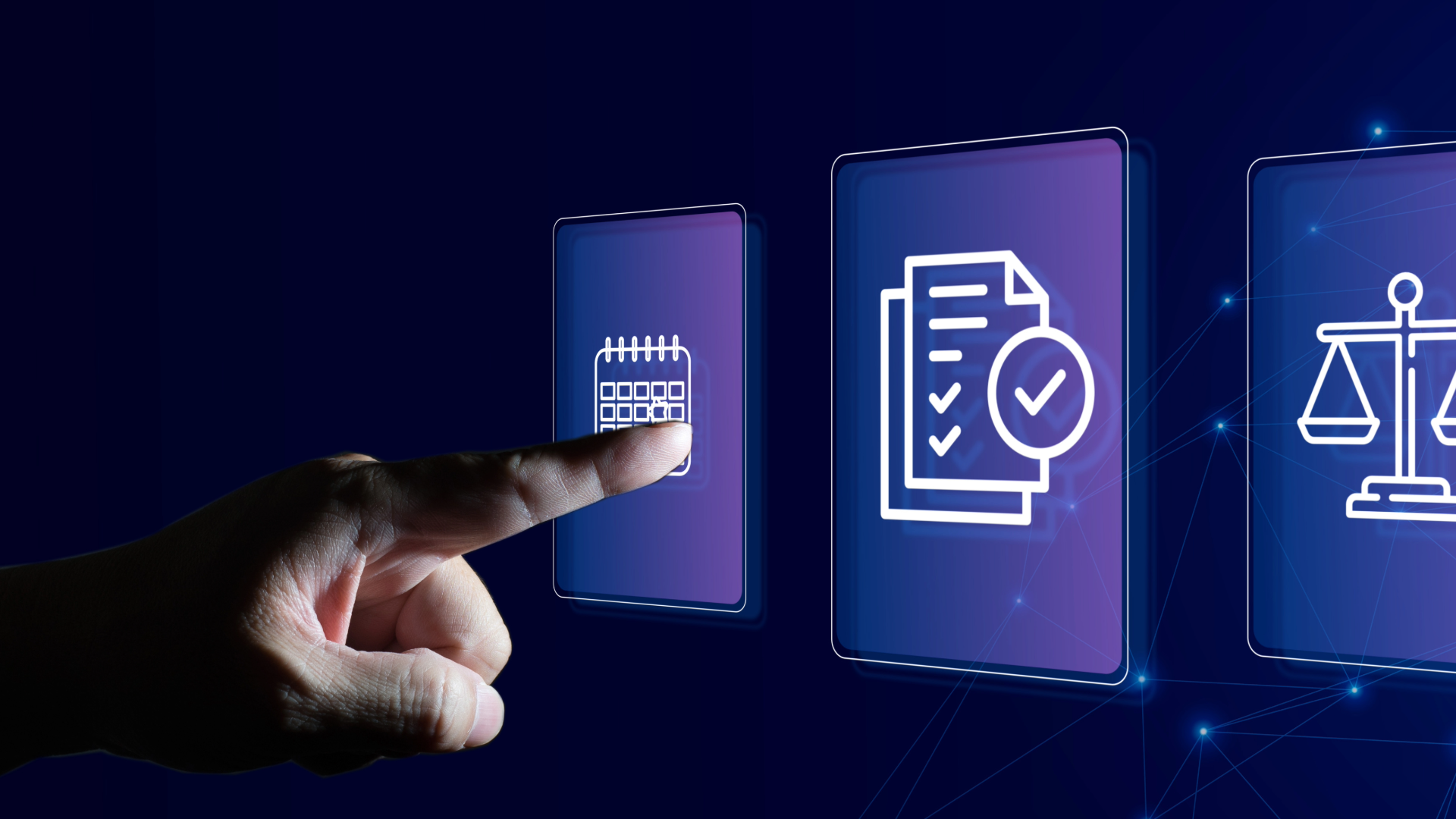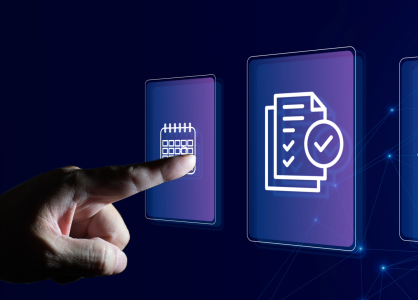How AI and digital tools are reshaping compliance, reporting, and oversight
Governance has always been about balance: ensuring accountability, minimizing risk, and aligning organizations with both regulation and ethical practice. But as industries digitize at lightning speed, governance is undergoing a transformation of its own. Automation and AI are no longer support tools — they’re becoming central pillars of oversight.
From compliance tracking to predictive risk analysis, these technologies are reshaping how boards, executives, and regulators monitor performance and ensure organizations are acting responsibly.
Why Governance Needs Technology Now
The traditional methods of oversight — paper-heavy audits, static reports, and after-the-fact reviews — can’t keep up with today’s fast-moving digital economy.
- Data volume 📊: Companies generate terabytes of data daily, making manual oversight impossible.
- Complex regulation ⚖️: Evolving laws around privacy, AI use, and ESG require continuous monitoring.
- Global operations 🌍: Multinational companies must align governance across jurisdictions.
- Speed of risk ⚡: Cybersecurity breaches or compliance failures can escalate in minutes, not months.
As highlighted by Deloitte’s insights on digital governance (link), digital-first oversight isn’t a luxury anymore — it’s a necessity.
Automation in Compliance and Reporting
Automation is revolutionizing governance by taking repetitive, error-prone processes and turning them into streamlined, real-time checks.
- Automated reporting systems generate compliance updates instantly.
- Smart alerts notify leaders of potential risks before they spiral.
- Workflow automation ensures documentation and approvals follow strict governance protocols.
This not only saves time but reduces the likelihood of costly human error.
AI as the Oversight Partner
Artificial Intelligence goes one step further, adding intelligence and foresight to governance:
- Predictive risk modeling — AI analyzes historical and real-time data to forecast risks.
- Natural Language Processing (NLP) — helps review contracts, policies, and regulations at scale.
- Anomaly detection — AI identifies unusual patterns in financials, compliance, or employee activity.
- Bias checks & ethical oversight — ensuring AI systems themselves remain transparent and fair.
According to the MIT Technology Review on AI governance (link), organizations must build frameworks where humans and machines work together to ensure accountability.
The Benefits of Tech-Driven Governance
When properly integrated, automation and AI bring major advantages:
- 📈 Efficiency – Faster, smarter reporting and oversight.
- 🔍 Transparency – Real-time access to data builds trust with stakeholders.
- 🛡 Risk prevention – Issues flagged before they escalate into crises.
- 🌐 Scalability – Governance systems that grow with organizations, across borders.
How Governancepedia Guides the Way
At Governancepedia, we recognize that governance is evolving — and so must the knowledge around it. We provide insights into how automation and AI tools are transforming oversight, and what organizations need to do to adopt them responsibly.
- We highlight the latest trends in digital governance.
- We explain how AI oversight frameworks are being built across industries.
- We connect readers with case studies and best practices to put knowledge into action.
By bridging governance expertise with emerging technology, Governancepedia helps leaders, professionals, and organizations navigate the future of oversight with confidence.
Final Thought
The fusion of governance and technology represents both opportunity and responsibility. Automation and AI can make oversight smarter, faster, and more transparent — but they also demand new frameworks to ensure accountability.
At Governancepedia, our mission is to unpack these shifts, empowering you with knowledge that makes governance more effective in the digital era.
Because governance isn’t just about keeping up — it’s about staying ahead.

